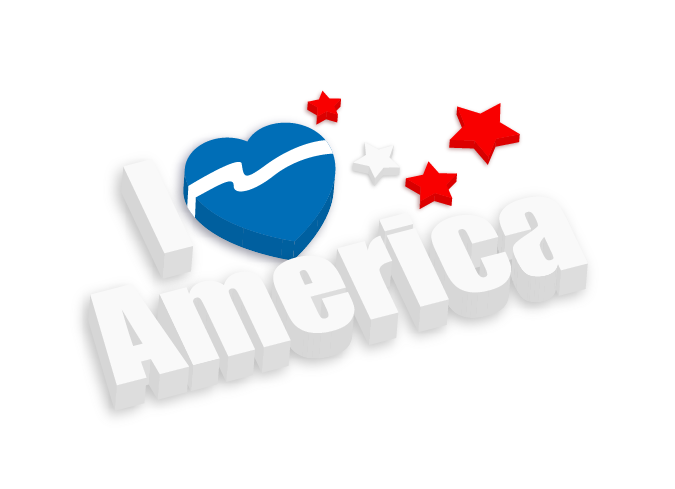Apply for a Sales and Use Tax Permit

What is sales & use?
We’ll start by breaking the term into two parts. The first part is the sales tax. Many localities and states impose a tax on retail sales. Some even impost a tax on services. For example, my state of North Dakota charges taxes on tangible personal property. If I go to the store and purchase a hat for $10, there’s a 5% state tax on that hat. As such, I’d pay $10 for the hat plus $0.50 for the state tax = $10.50. In addition to the state tax, some cities or localities also charge a tax. For example, the City of Dickinson North Dakota has an addition 1.5% sales tax, which is $0.15 on a $10 purchase. As such, my total for the hat would be $10.65.

Really, the Sales & Use Tax is a way for states and localities to cover all their bases and collect taxes on all applicable sales for the residents.
Who needs a Sales & Tax Use Permit?
This really depends on your particular state and local laws. In North Dakota, businesses which sell products and services subject to sales and use tax are required to apply for a Sales & Use Tax Permit. As I mentioned above, some states don’t even have collect sales and use taxes.
When do businesses need to apply?

The reason I suggest applying for the sales & use tax permit after you’ve obtained an EIN is because you may need your EIN as part as the application process.
Why apply for a permit?
One thing I tell my clients is whether or not you collect applicable taxes from your customers, you’re still responsible for paying the taxes. Let’s use the $10 hat example again. If I made the purchase, the merchant would be responsible for collecting $.65 for the state and local taxes. Whether or not the merchant collects it from me is irrelevant to the state and locality. They still want the taxes due. We’re going to do some simple math.

Let’s say over the course of a month, the merchant sales 1000 of those hats. A merchant who does collect sales tax will see a profit of $5,000. A merchant who doesn’t collect will see $4,675. That’s a $325 difference. Multiply that by the year, and a merchant who isn’t on the ball leaves $3,900 on the table!
The thing is, consumers are used to paying applicable sales taxes. So, collect the taxes if you’re required by your state or locality to do so.
Where to get a permit?
Rather than append a long directory here, I’m going refer you to the State Sales & Use Tax Directory I’ve created. This directory will provide you the state agency that handles Sales & Use Tax Permits and the link where you’ll find information on the Sales & Use Tax permit regulations for your particular state.
Share unique taxes that are required in your state or locality.[fusion_separator style_type=”shadow” hide_on_mobile=”small-visibility,medium-visibility,large-visibility” class=”” id=”” sep_color=”” top_margin=”” bottom_margin=”” border_size=”” icon=”” icon_circle=”” icon_circle_color=”” width=”” alignment=”center”][/fusion_separator]







